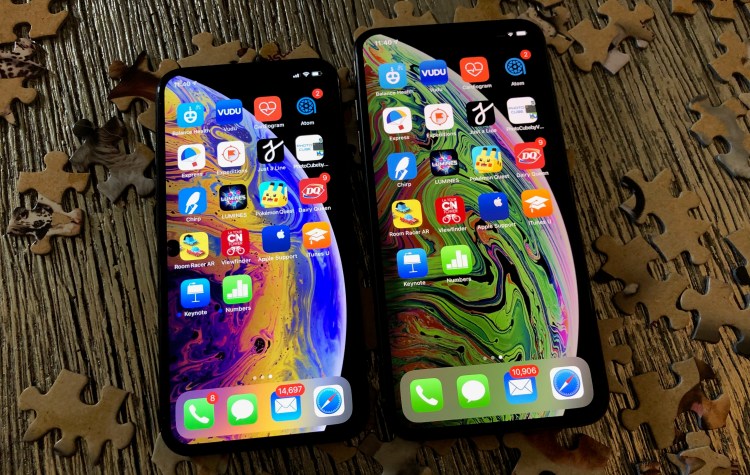Apple’s iPhones have steadily become more predictable, and this year’s iPhone XS and iPhone XS Max are as iterative as flagship phones get: a modest “S” update to last year’s iPhone X, plus a bigger but otherwise identical version that drops the name “Plus” in favor of the gaudier suffix “Max.” Meanwhile, a one-month wait for a similar but more affordable model called iPhone XR has placed everyone in a “wait and see” pattern.
If you already own an iPhone X, you’ll most likely find both of the new XS phones to be competent but underwhelming for their premium prices, while those without the X would be well-advised to hold off for reviews of the XR. In the meanwhile, here are the 10 key things you need to know about the iPhone XS and iPhone XS Max.
1. Last year’s body, now in two sizes
The iPhone XS is nearly identical in size to prior iPhone 6, 6s, 7, and 8 phones, while the XS Max replaces the Plus versions. They both sport substantially glass bodies with nearly full-face screens and feature IP68 waterproofing so they can be submerged underwater for 30 minutes at a 2-meter depth, up from the iPhone X’s 1-meter depth. Apple also touts them as beer-resistant and made from particularly strong glass. Independent tests have confirmed the former claim but split on the latter, suggesting that a protective case is still a worthwhile investment.
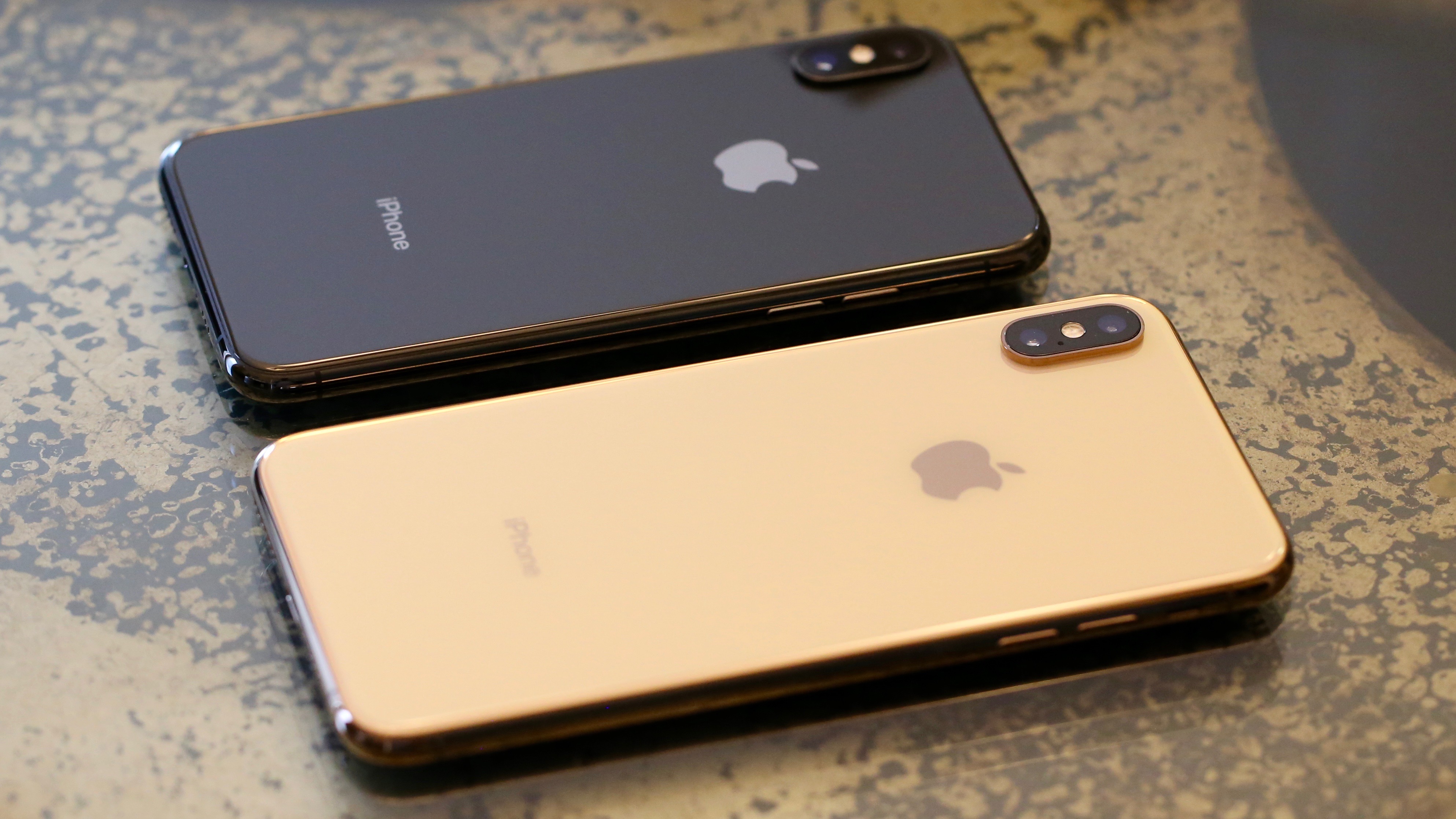
Above: The iPhone XS (space gray) and iPhone XS Max (gold).
At this point, the signature physical differentiator between XS and lower-cost XR models is the metal core. In the XS, it’s polished stainless steel in either silver, space gray, or gold — the latter a new option for 2018. Lightly pearlescent on the back, it is unmistakably “rose gold,” with a noticeable pink tint under most lights that yellows more depending on the angle and lighting.
June 5th: The AI Audit in NYC
Join us next week in NYC to engage with top executive leaders, delving into strategies for auditing AI models to ensure fairness, optimal performance, and ethical compliance across diverse organizations. Secure your attendance for this exclusive invite-only event.
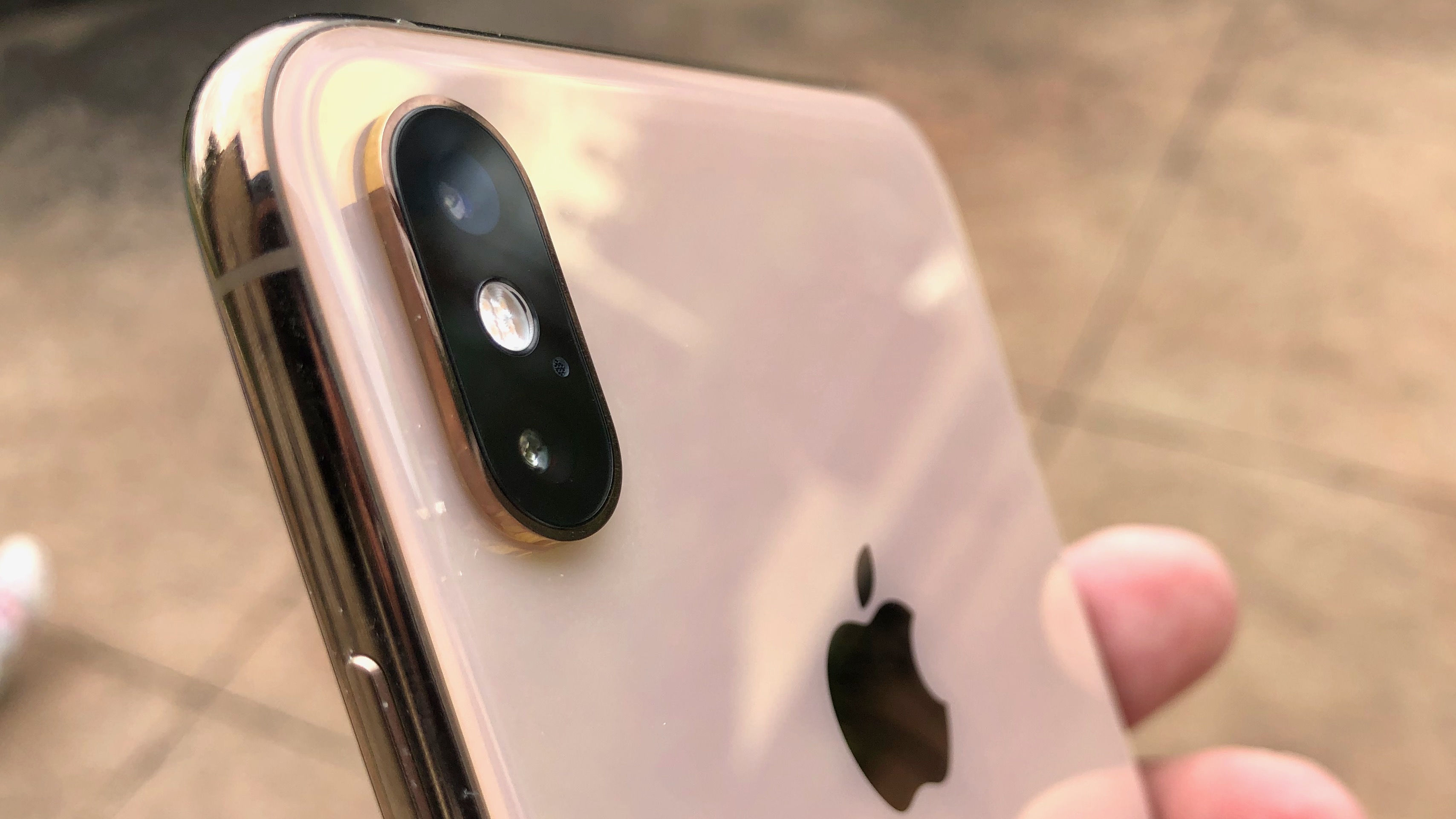
Most users will barely notice the metal because it will be covered by a case. I recommend Spigen’s inexpensive Ultra Hybrid, which has kept my iPhone X completely safe from drop damage over the last year, though picky buyers may want to wait for an updated XS version that reflects a tiny change Apple made to the XS’ bottom microphone holes — there are now three rather than six, straddled by a new antenna bar that improves cellular performance under some circumstances.
2. Best of breed screens, except for the notch
Both XS models use Apple’s Super Retina OLED screens, which deliver dark blacks and bright colors that are — to most eyes — marginally better than the ones on Apple’s earlier Retina LCD screens. The XS screen is 5.8 inches on the diagonal with 2436 x 1125 pixels, while the XS Max screen is 6.5 inches with 2688 x 1242 pixels. Apple has unified them at the same 458 PPI, so you’ll struggle to see any individual pixel. This image shows the exact size difference between them, though in person the XS’ display will feel like enough for most people.
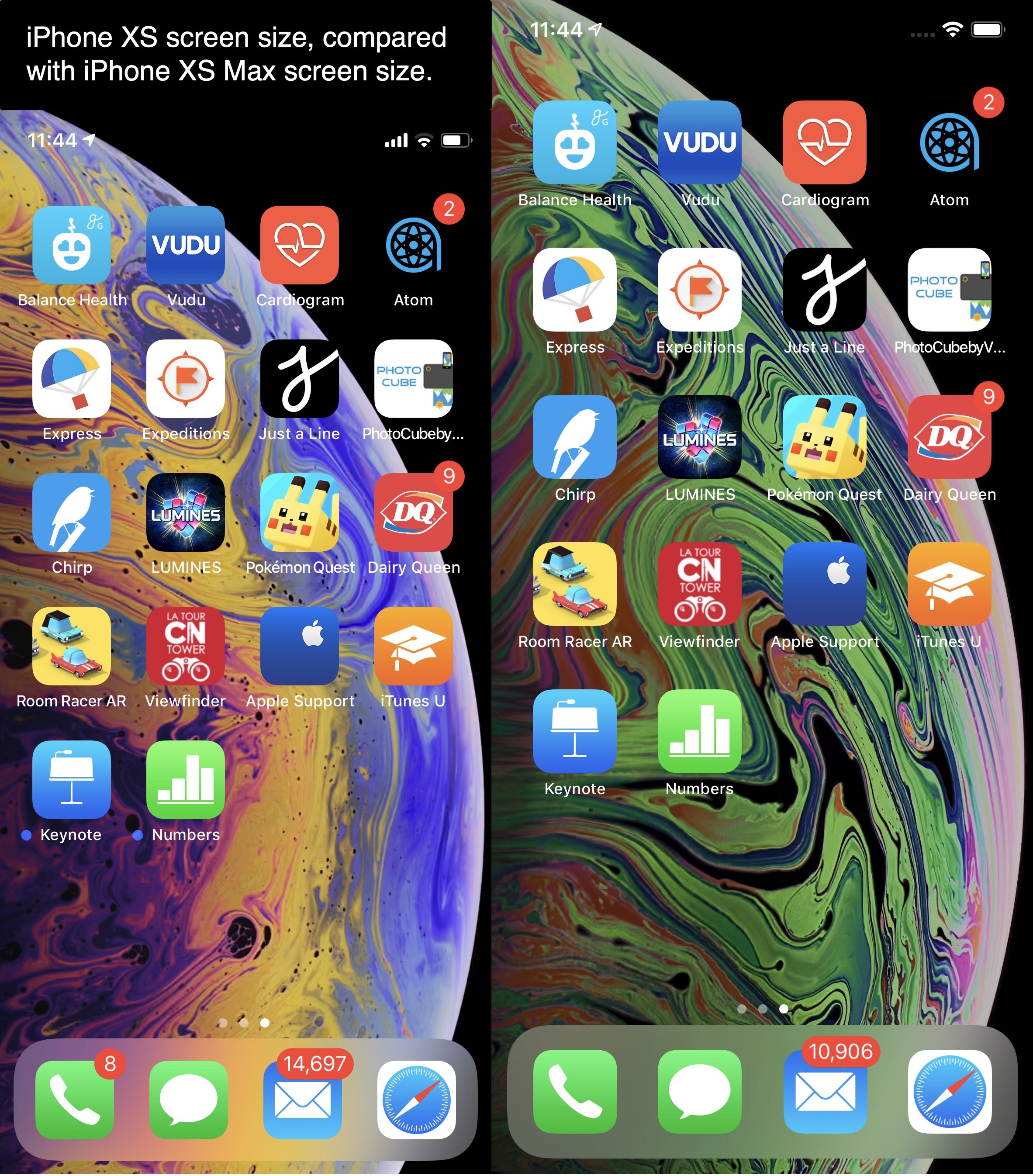
Each of the screens is interrupted by a “notch” — a consistently sized black bar containing a front-facing camera, a speaker, and sensors. The world (and competitors) have acclimated since Apple debuted the notch on the iPhone X, and though there was no chance it would disappear on an S model, it’s not ideal.

In landscape orientation, the notch appears to have discouraged Apple from adding a horizontal home screen to either XS phone, though it was included on prior Plus models. In portrait mode, the notch awkwardly cramps or forces the removal of what used to be useful status bar details. Videos and games look fantastic on the colorful, finely detailed Super Retina screens — except for the caveat of the notch, which you can turn into parallel black bars for videos, but not for games. You’ll get used to it, but it’s suboptimal, and won’t be missed when it’s gone.
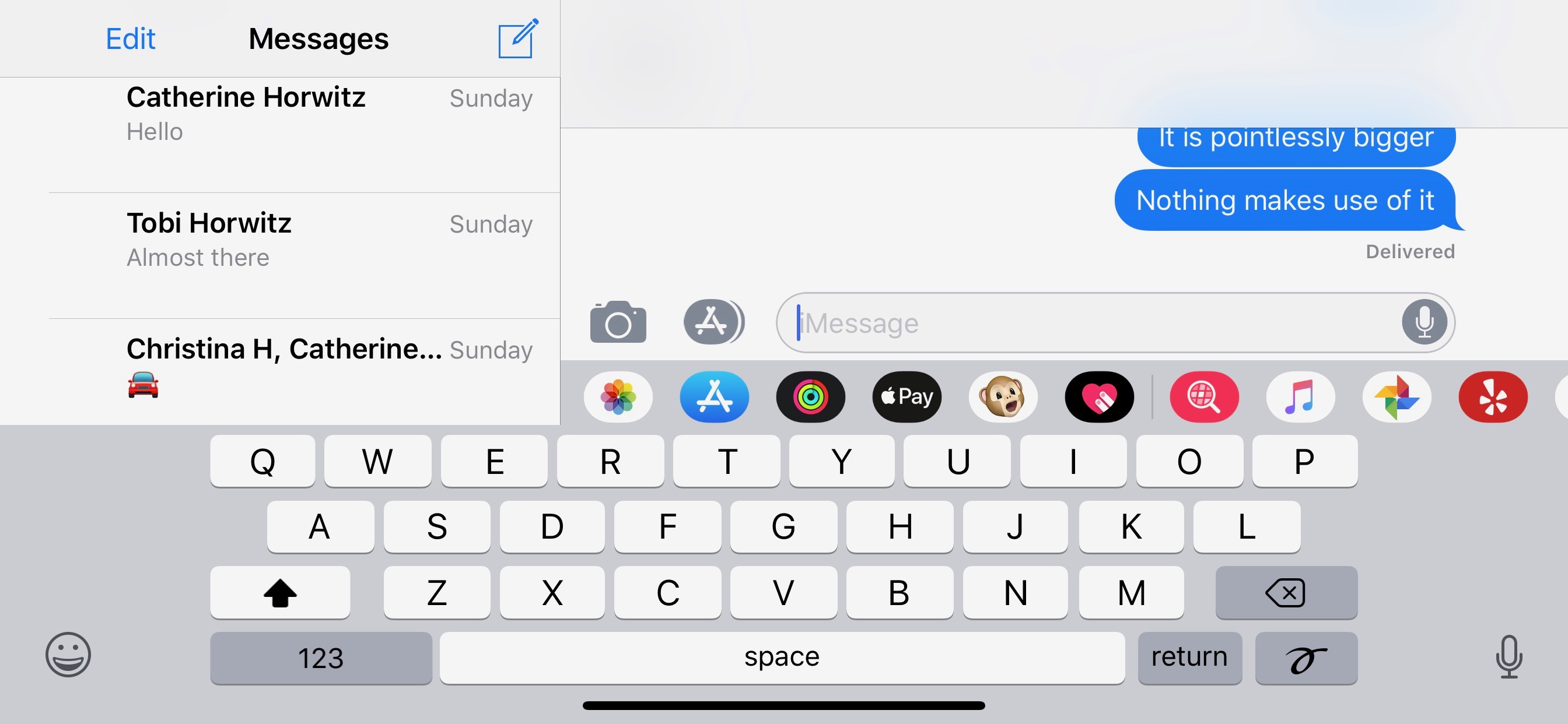
The iPhone XS Max’s biggest screen-related issue is Apple’s unimpressive reformatting of core iOS apps for the larger display. Unlike older Plus models, which saw fairly comprehensive redesigns for Apple’s bigger screens, the Max apps tend to have oversized gaps on the left and right sides. Even Apple’s default widescreen keyboard makes poor use of all the added real estate. Apart from offering a bit more space for text and images — which notably may not be laid out well to make use of it — the Max’s bigger screen doesn’t deliver a better experience.
3. Small but welcome front camera and Face ID tweaks
When Apple upgrades a key iPhone hardware component, it typically uses the phrase “next-generation” to flag the difference. It didn’t do that with this year’s TrueDepth front-facing camera system or its signature feature Face ID, but there are small improvements on both fronts.
As most iPhone X users will attest, Face ID speed could stand to be improved, as Apple’s latest authentication system did not actually prove to be as fast or reliable as Touch ID fingerprint scanning. False negatives are far more common with Face ID than Touch ID, so you’re much less likely to unlock on a first attempt using an iPhone X than any Touch ID-based iPhone.
In dozens of tests under various lighting and proximity conditions, I found the XS models’ Face ID to be a little bit better than the iPhone X — sometimes a hint faster, sometimes more likely to unlock — but the results were inconsistent. I’d call the XS better and less likely to produce false negatives, but not by enough to feel night-and-day different.
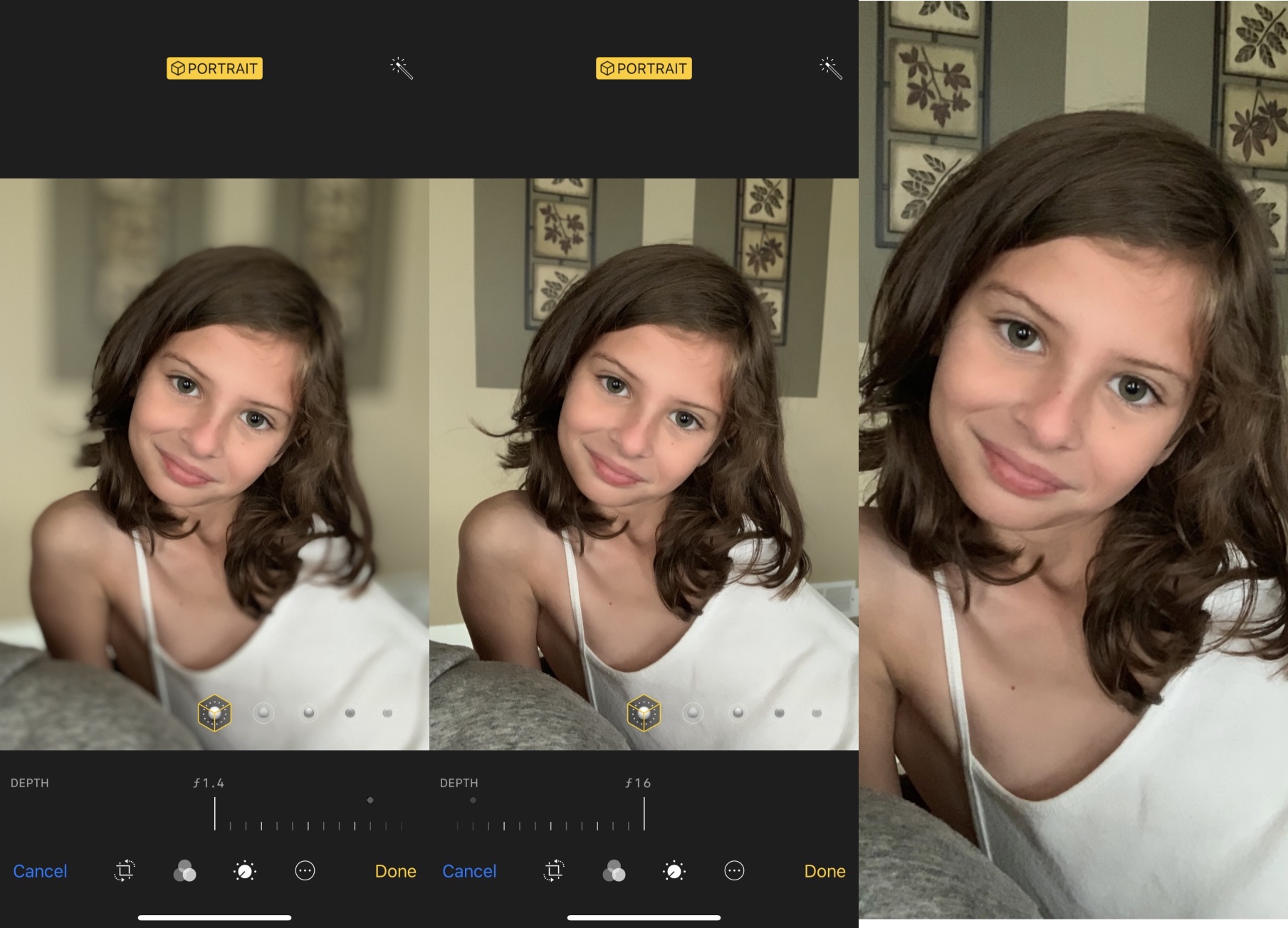
Above: The XS’s 7-megapixel “TrueDepth” front camera has most of the same specs as the iPhone X front camera, but is faster for Face ID and supports depth blurring in Portrait Mode.
Both of the iPhone XS models have the same raw front camera specs — 7-megapixel resolution and a f/2.2 aperture lens, but a faster image processing architecture enables the camera to imperceptibly snap more shots at once, leading to dynamic range color improvements. Additionally, Apple now uses depth data from both the front and rear cameras to let users dynamically adjust the background blur (bokeh) on shots after they were taken.
In practice, this means photos shot by the front-facing camera look a little better-exposed than before and can benefit from background blur that in my testing tended to look at least a little artificial — but better than what was available before. Apple has also improved the dynamic range of 30fps videos, added the option of 60fps 1080p recording and activated video stabilization for the front camera, which collectively bring selfie recording closer to what you’d expect from the higher-resolution rear cameras.
4. Bigger changes to the rear cameras and Smart HDR
While Apple portrayed the iPhone XS as having a new rear camera system, the details are more complicated than that. The XS and XS Max share identical dual-sensor, dual-lens rear cameras that superficially look the same as those on the iPhone X: 12 megapixels with an f/1.8 wide-angle lens and an f/2.4 aperture telephoto (2X) lens.

But there are actually deeper changes: the wide-angle lens now has a 26mm field of view, rather than 28mm, and the sensor behind it is 30 percent larger than before. Additionally, like the front camera, both rear cameras are tied into the XS’ faster A12 Bionic, which includes a new neural chip optimized for speedier image processing. Because of under-the-hood improvements, the XS is faster at locking onto the “correct” subject and maximizing sharpness where it’s needed.

Above: iPhone XS does a great job of locking onto a focus subject as fine as a spiderweb, but its depth-mapping still gets thrown off.
As with the front camera, the rear camera features an upgraded Portrait Mode that goes beyond last year’s iPhone X and iPhone 8 Plus feature, enabling not only blurring of the background but user-definable control over the amount of blur and what’s been touted as superior separation of fine details, including hair. In my testing, hair (and similarly slender matter such as spiderwebs) were still met with less than ideal faux depth rendering, but there’s at least a small year-over-year improvement. macOS Photos will support post-photo adjustment of background blur later this year.
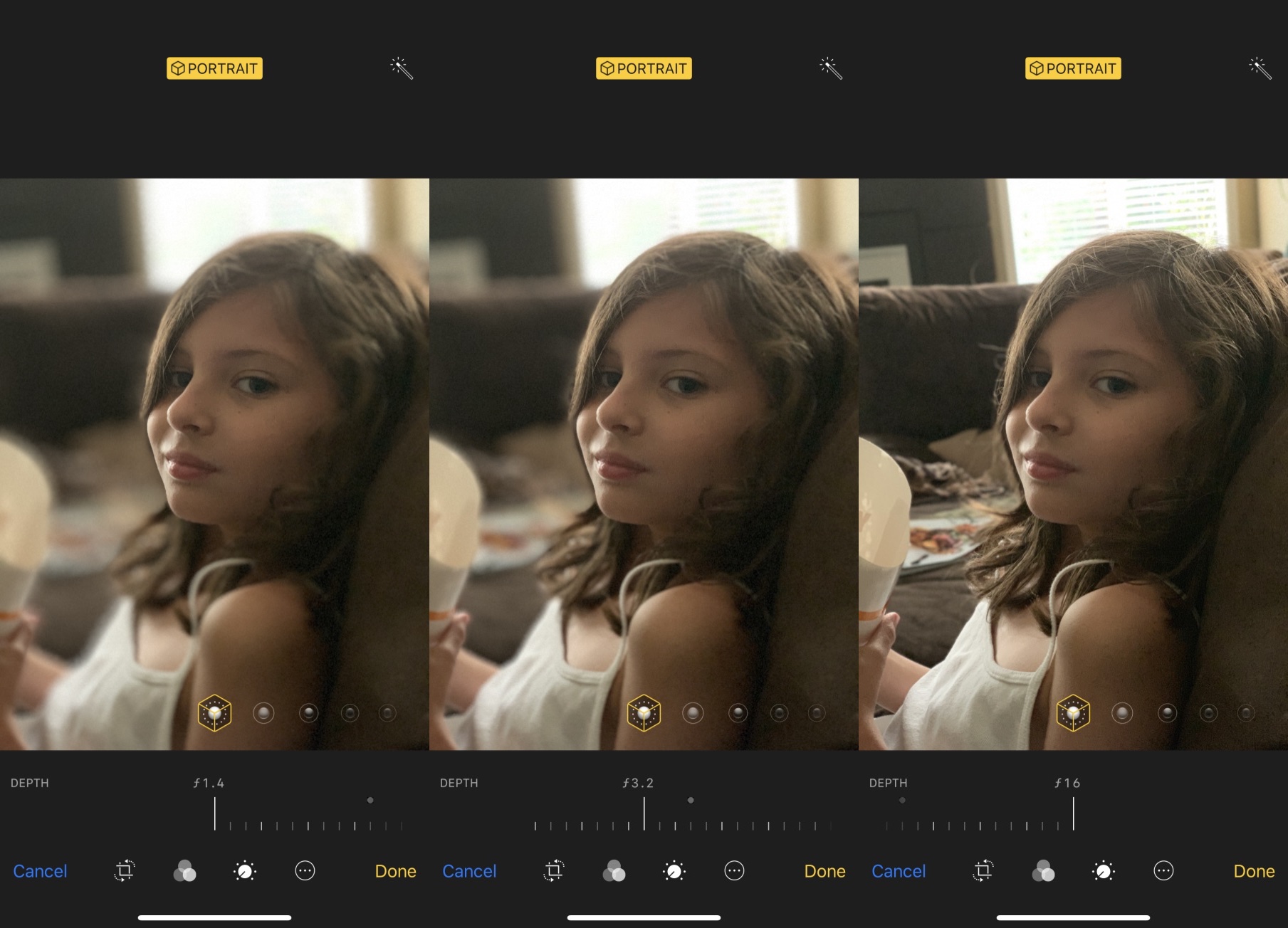
Above: The new XS Portrait Mode lets you adjust background blur (bokeh) from f/1.4 to f/16 after taking a photo.
Another new iPhone XS feature is what Apple calls Smart HDR, a trick that pulls color details from a larger number of overexposed and underexposed images than before. Additionally, because of the larger wide-angle sensor and wider lens, the rear camera can gather more light, resulting in better low-light images.
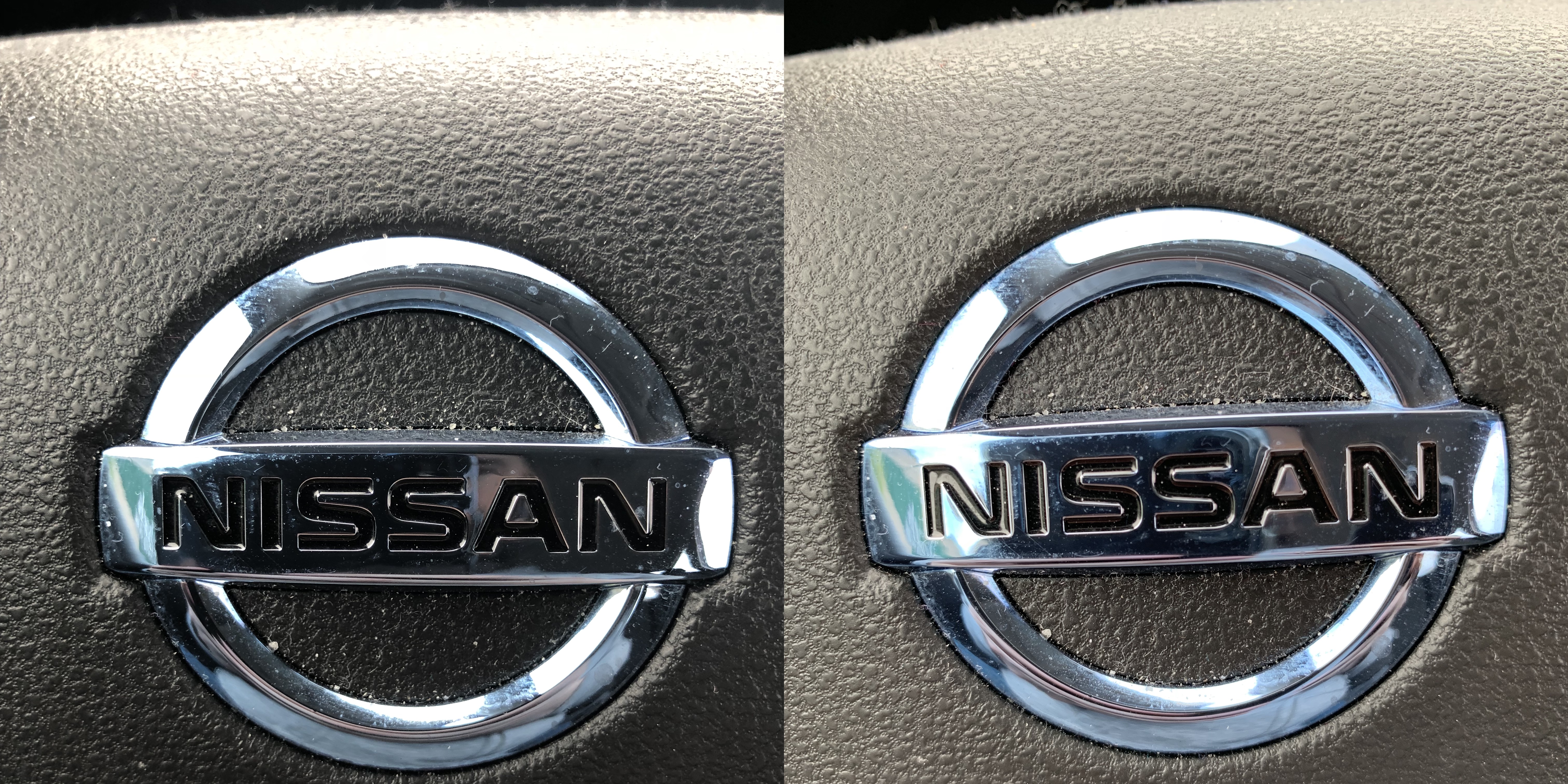
Above: The iPhone XS image (right) preserves more detail in areas the X over- or underexposes. But which actually looks like a more interesting photo?
Across a wide series of tests, the XS cameras showed the following real-world changes compared with the X:
- Images were very frequently sharper on the XS, due to what appears to be faster autofocus (noticeable with moving subjects) and either a slightly more aggressive sharpening algorithm or a better implementation of HDR detail. Macro images were more frequently usable and sharp.
- XS images generally exhibited superior contrast and dynamic range, such that whites, blacks, and saturated colors looked stronger, while more gradations were also obvious.
- XS images tended to be cooler in tone than X images, which were warmer, and in some cases more natural.
- XS wide images are slightly wider than X images, notably without any new distortion, and do not look unnatural despite their wider perspective.
- Quite possibly due to Smart HDR, it’s hard for XS images to show underexposed areas, sometimes taking away the traditional “dark shadows” seen in photos and occasionally making them look less interesting. It would be nice to have more control over the exposure system at this point.
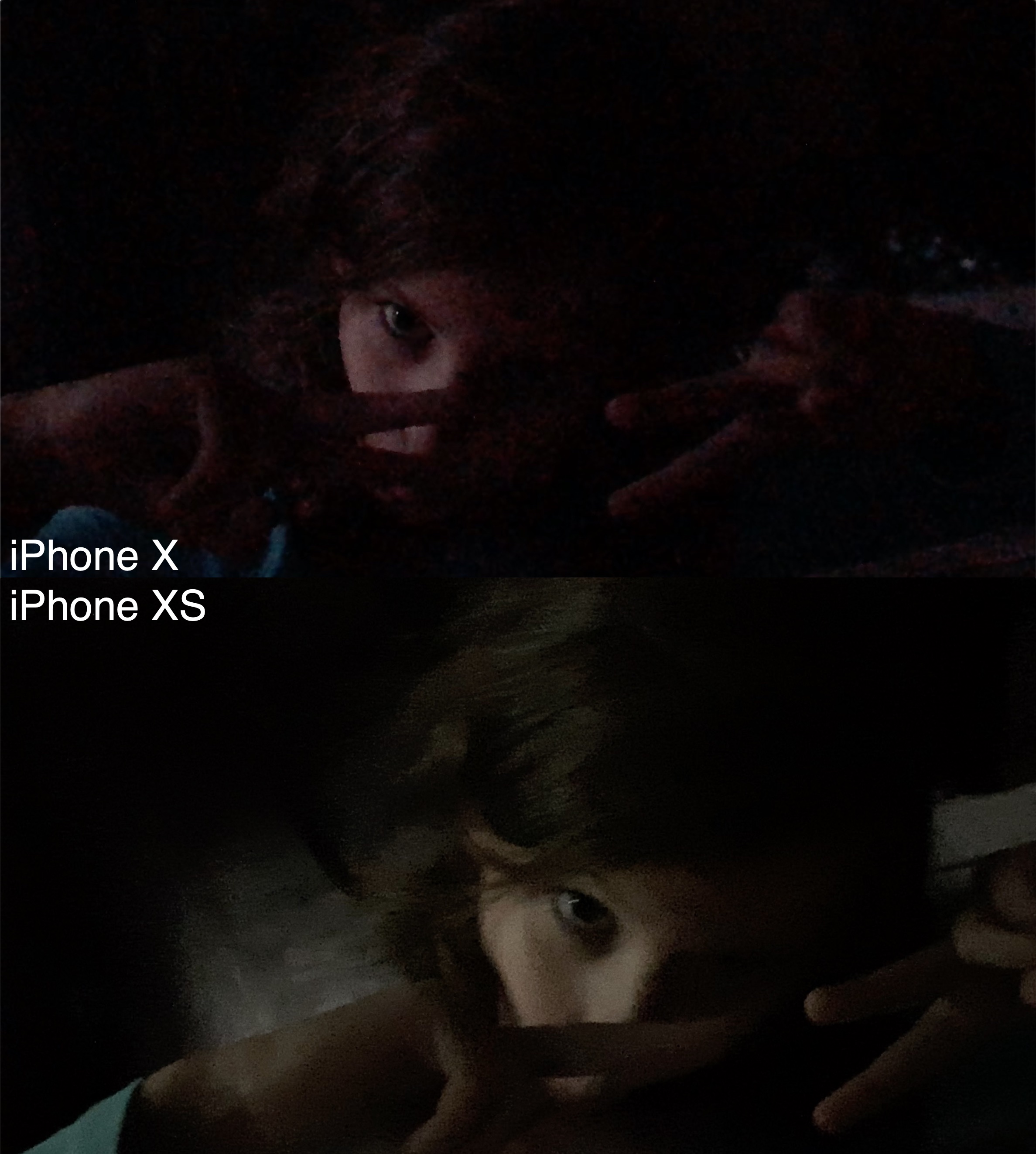
Above: Screenshots of videos shot simultaneously with the iPhone X and XS, the latter with noticeably better low-light performance.
On the video front, Apple now supports 60FPS 4K video recording on both the iPhone XS and iPhone X, with the XS getting an exclusive 4K mode that drops the frame rate from 30FPS to 24FPS as appropriate to improve light gathering abilities. Even without the feature turned on, the XS captures noticeably more light and offers more accurate color rendition in video mode than the X. Neither is fantastic — 4K low-light video is still very grainy — but the XS evolves from “dark and blotchy” to “not blotchy, but lighter and smeared.”
5. Modestly improved audio
Every iPhone has two speakers: one at the top of the screen, one on the bottom frame. Originally, the top one was solely for using the iPhone as a handset, and the bottom for speakerphone calls, but on the iPhone X they were balanced out sonically to function as a stereo pair for music and videos.
The iPhone XS models take this a step further, delivering “wider stereo playback,” which in practice means slightly improved speaker quality: In stereo tests, left- and right-channel audio had the same volume on the X and XS, but the XS sounds clearer, thanks to a little additional treble and mid-treble detail. XS Max offers similar sound quality but gets a notch louder at its peak, enough to officially sound “too loud” for most close-proximity purposes.
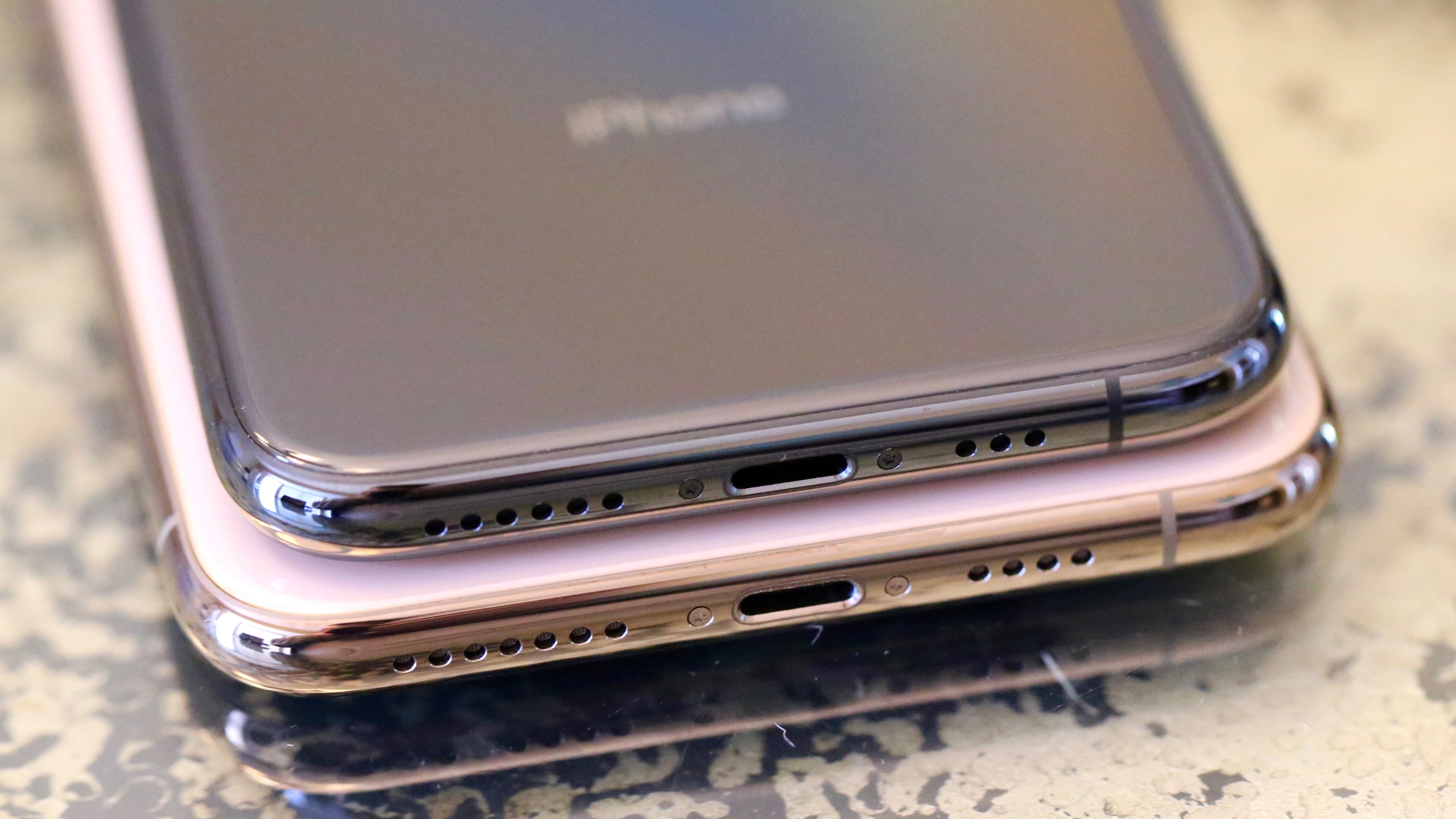
Apple has also updated the iPhone XS to enable stereo recording during videos, the first time an iPhone has been capable of two-channel audio recording without an accessory. While some users may really appreciate the feature, it can add considerably to file size, so it can be turned off in the device’s camera settings.
Last but not least on the audio front, Apple continues to include Bluetooth 5.0 in the XS models, an improvement introduced in the iPhone X last year. While this doesn’t mean much right now, it will likely enhance the XS’ performance with a future Bluetooth 5.0 version of AirPods, which has reportedly been in the works for at least a year.
6. A12 Bionic: A better chip that some may appreciate
Apple sometimes promises massive year-over-year performance upgrades for its A-series processors, but this year’s transition from the A11 Bionic to the A12 Bionic is more apparent in marketing and benchmarks than in practice. The A12 is the first actual 7-nanometer processor on the market, a historic manufacturing accomplishment that most consumers won’t care about. It basically says that what’s inside the chip is, once again, smaller than ever so more transistors can be stuffed inside.
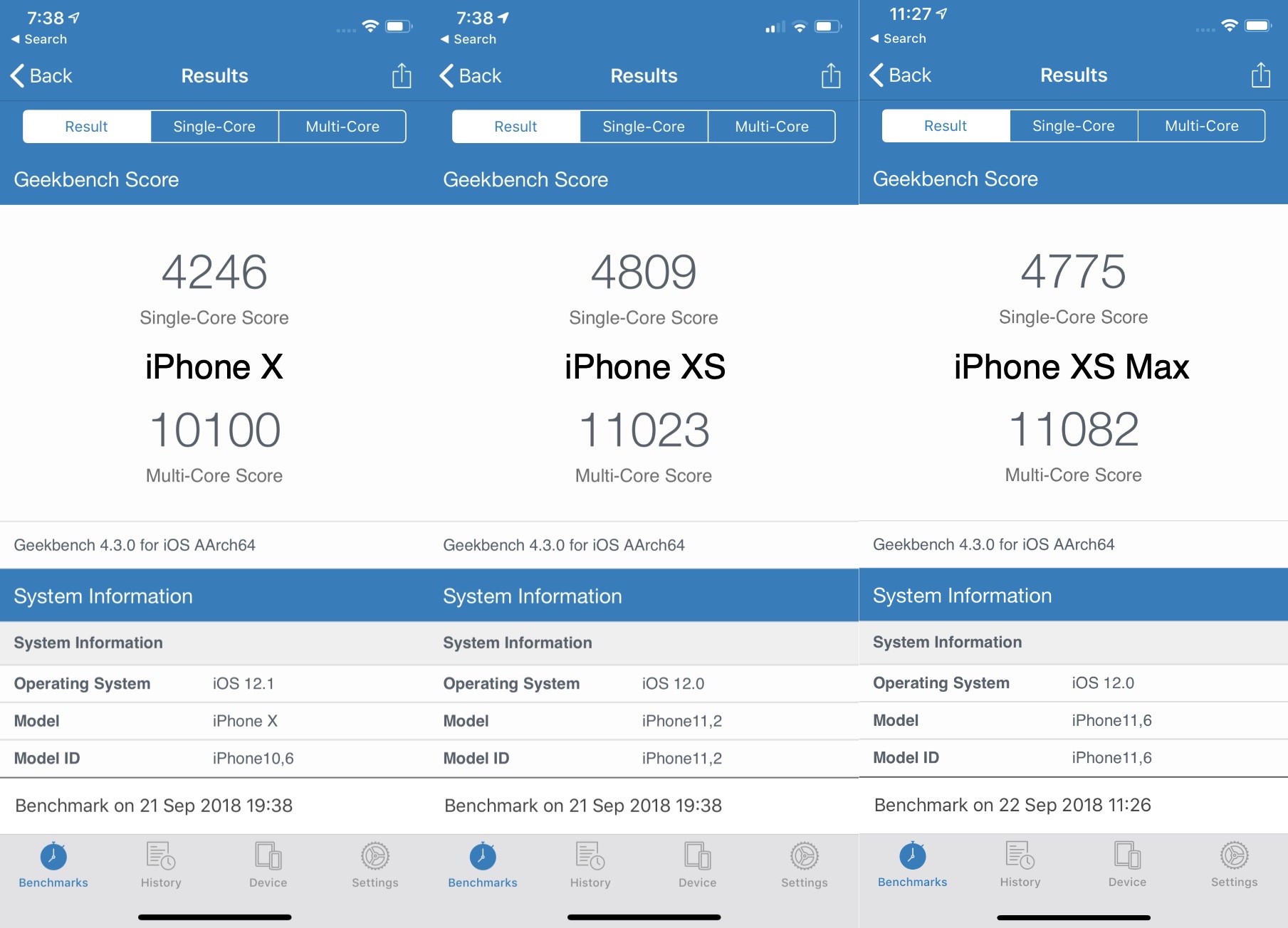
The iPhone XS models outperform the iPhone X by a small margin. Across multiple tests, the iPhone X averaged around 4200 and 10400 in Geekbench 4’s single- and multi-core benchmarks, while the XS and XS Max averaged 4800 and 11000, notably with some surprisingly lower scores for the XS Max. Overall, the benchmarks showed a roughly 14 percent single-core bump and 6 percent multi-core bump — tiny by Apple standards, and disappointing given that iPhones were previously approaching processing parity with midrange MacBooks.

Above: Vector Unit’s Riptide GP Renegade delivers a last-generation console-quality jet ski experience on iOS devices; despite chip improvements, it runs about the same on iPhone X and iPhone XS.
Under most testing conditions, the XS had a split-second or second edge in opening apps and extremely similar graphical performance. However, Geekbench’s GPU-focused Compute benchmarks show a wider difference: iPhone X averaged around 16000, while the two XS models averaged 22000, a nearly 38 percent improvement. It’s not necessarily evident in most games, but if iOS continues to get more Fortnite-caliber console ports, the XS models will be well-suited to play them. Depending on how earlier titles’ software was written, they may or may not reveal differences without optimization patches.
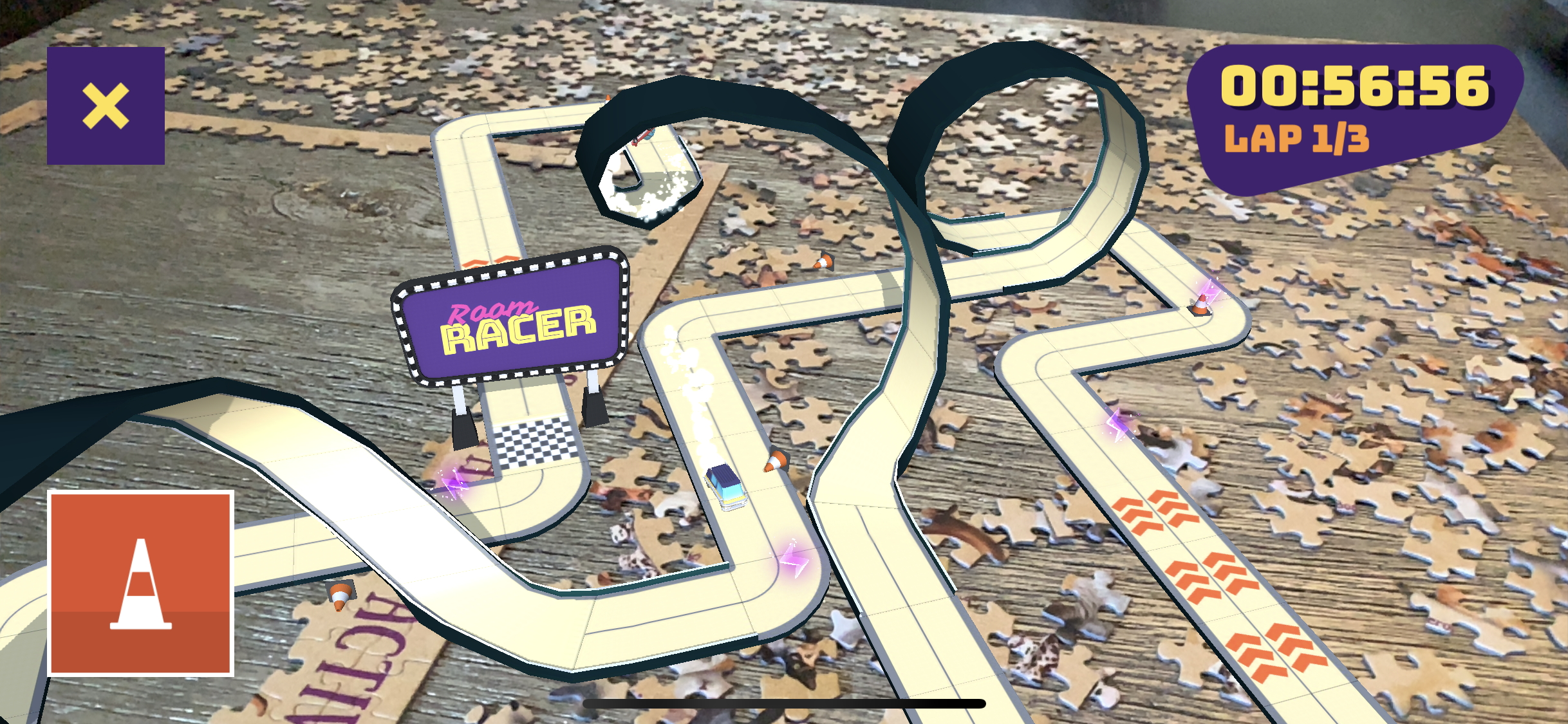
Apple has also made improvements to the iPhone XS’ Neural Engine, a separate processor devoted to AI tasks. Apple promises up to a 9 times improvement here, which can be used to speed up augmented reality apps, image processing, and background tasks such as Face ID scanning. While it was hard to quantify all of these changes, the app Room Racer AR showed that the iPhone XS was definitely faster when judging real-world locations, noticeably smoother when I walked around a table with a virtual stunt car track, and less jittery preserving synchronization between AR object and real-world movements. AR users will certainly notice the improvements.
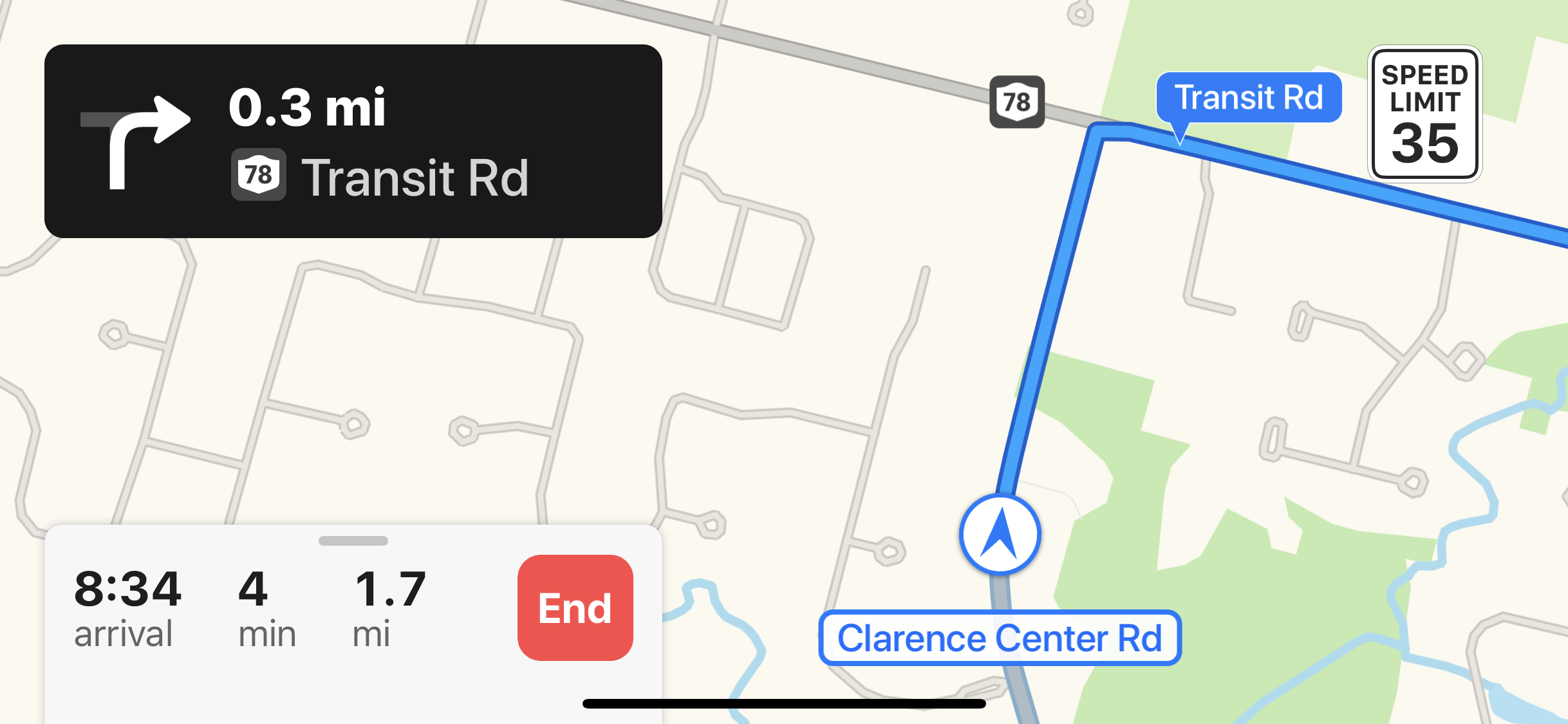
On the other hand, not all of the iPhone XS’ hardware was faster or smoother. For instance, I noticed that the GPS system was laggy in registering turns and motion, an issue I might have chalked up to an odd hardware issue if I hadn’t seen similar and thankfully temporary problems in past years with newly released iPhones and certain iOS betas. There’s every reason to expect improvements will tackle issues like this via software updates soon.
7. Wireless improvements you probably won’t see
Perhaps the biggest change to the iPhone XS is one that has received little attention, yet required a non-trivial redesign of the device’s antenna system and bottom microphone grilles. Apple has added support for gigabit-class LTE via cellular carrier aggregation, a way phones can use more radio frequencies at once to achieve higher data speeds. In brief, if you can imagine your phone tuning in four radio stations (87.9, 88.1, 106.5, and 106.7) at once and using data from all of them, that’s what XS brings to the table.
Theoretically, this means the iPhone XS can download a gigabit of data at once, roughly half of what early 5G devices will promise — outrageously fast by historic cellular standards. In actual testing, however, your likelihood of seeing this improvement will depend on the city, carriers, and cell towers where you’re testing, and if you’ve been following the news or other iPhone XS reviews, you might have gotten some bad information on this topic. One “study” claimed, based on extremely limited data, that the new iPhones were already showing big speed increases during testing in comparison to older models.
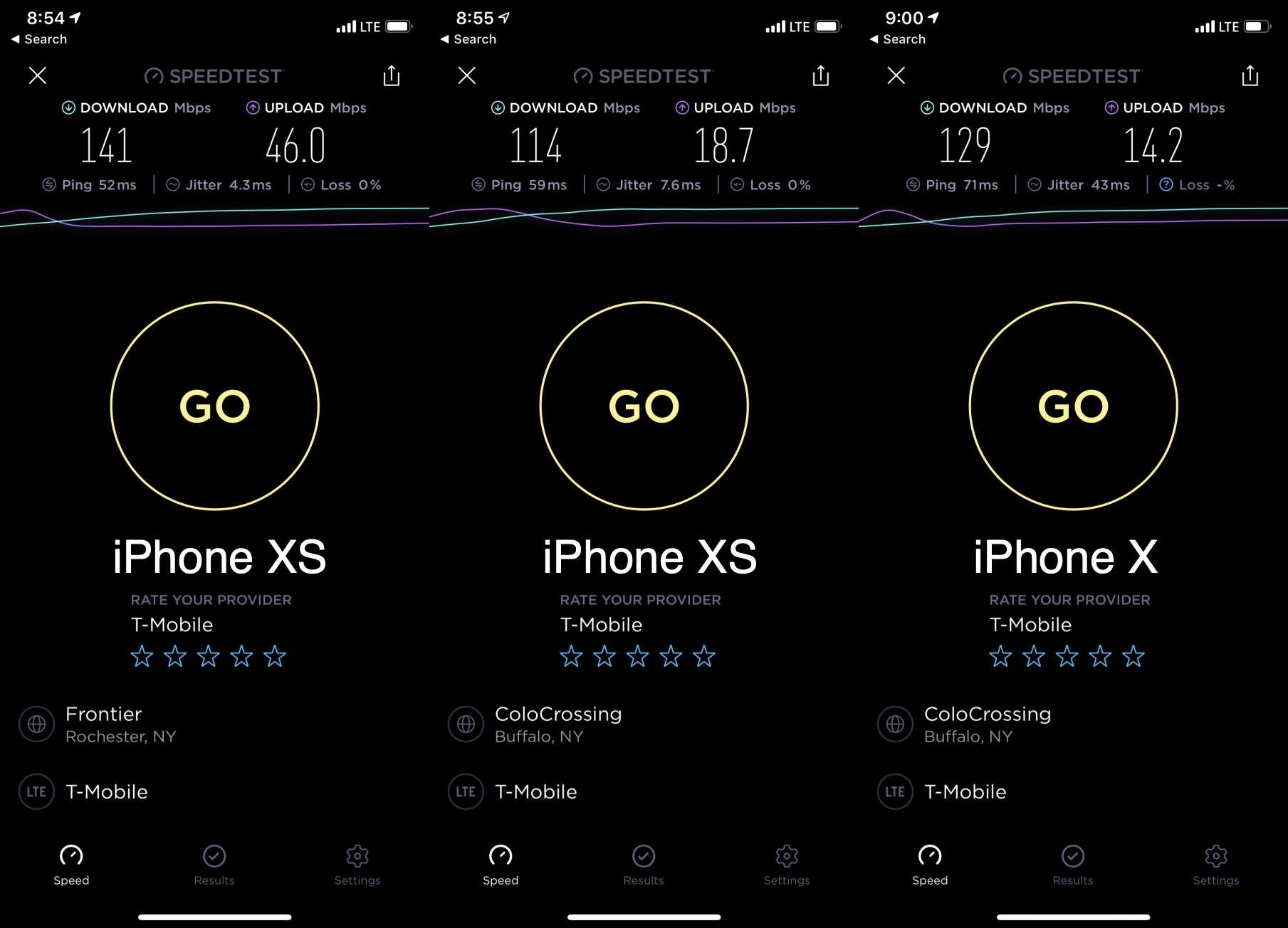
In reality, the speed data’s getting skewed by very recent improvements to cellular towers that are as likely to be evident on last year’s iPhone X (and upcoming XR) as on the iPhone XS models. All of these phones support LTE Advanced, a fairly recent collection of LTE improvements that enable speeds up to 600Mbps, but only the XS models support additional “Gigabit LTE” cell tower improvements for even faster speeds. One year ago, you’d be lucky to see 90Mbps speeds on a tower, but in my testing with the iPhone X and XS this week, certain connections were hitting the 130-140Mbps range on older and newer phones alike.
Another way of putting this is that the extra speed offered by the iPhone XS gigabit LTE chips isn’t likely to matter much to most people right now. However, as new 5G cell towers go up — with faster, backward-compatible 4G hardware inside — XS owners will come closer to 5G speeds than X and XR owners. Even so, holding out another year or so for a 5G iPhone could give you access to hugely faster speeds.
8. Battery
On paper, the iPhone XS and XS Max batteries have both changed from the iPhone X. The XS has a 2,659mAh battery that’s slightly smaller than the X’s 2,716mAh cell, and the XS Max has a 3,179mAh battery, the largest ever on an iPhone. It’s even bigger than the 2,900mAh battery on the iPhone 7 Plus and 2,675mAh battery on the iPhone 8 Plus, though it also has a one-inch larger screen to power.
What those cells actually deliver depends on how you use your phone. Apple promises 12 hours of internet use on the XS versus 13 on the Max, 14 hours of video playback on the XS to 15 on the Max, and 20 hours of talk time on XS versus 25 on the Max. In practical terms, that means the iPhone XS is roughly on par with the iPhone 8 and X, and the XS Max is slightly longer-lasting than the iPhone 7 Plus and iPhone 8 Plus.
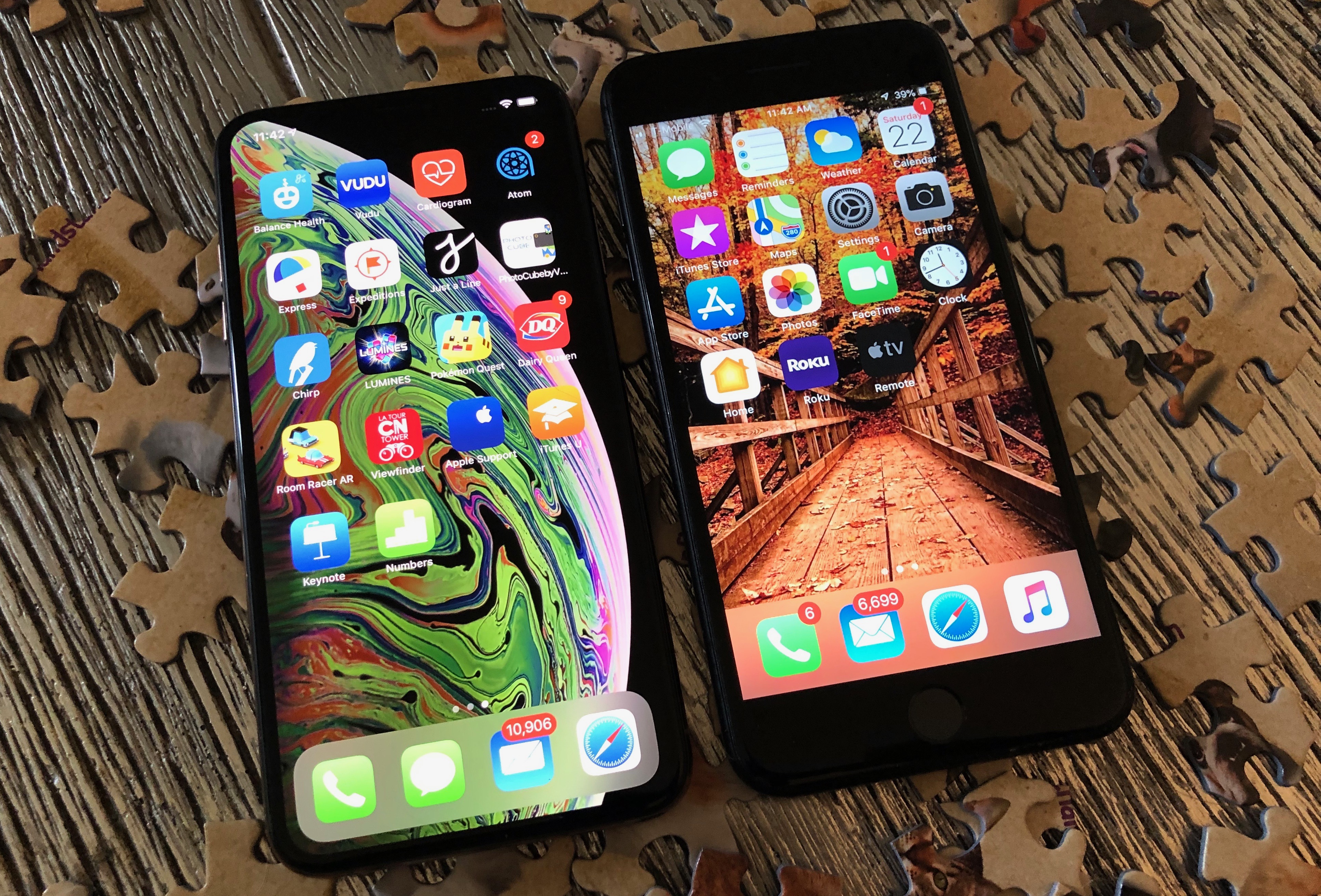
Above: The iPhone XS Max is physically almost identical in size to the iPhone 7 Plus (shown) and iPhone 8 Plus, but packs a larger battery and screen inside.
Despite the bigger batteries, there are no gigantic performance gains this year. Apple said that the XS would get around 30 minutes more battery life than the iPhone X, but in my daily usage, the iPhone XS was about par with the X, maybe a tiny bit lower. The iPhone XS Max offers closer to a Plus-like experience, but for most tasks the difference didn’t feel as profound as between the smaller and larger 6, 6s, and 7 series phones.
Apple has improved the efficiency of the Qi inductive charging system, so those who use optional wireless chargers will see up to 30-minute faster refueling and find the XS and Max easier to center on charging coils than the iPhone 8, 8 Plus, and X. Wired charging — at least with the packed in 5-watt wall plug and USB-A to Lightning cable — is unchanged.
9. What’s Conspicuously Missing
Few features are obviously missing from the iPhone XS and Max, but given that they’re launching in late 2018, there are some things that will begin to look dated over the next 12 months. Both devices continue to ship with USB-A cables and stingy 5-watt USB wall chargers, despite the availability of USB-C cables and higher-watt chargers that can refuel them faster. They both support wireless charging, but there’s no wireless charger in the box, either.
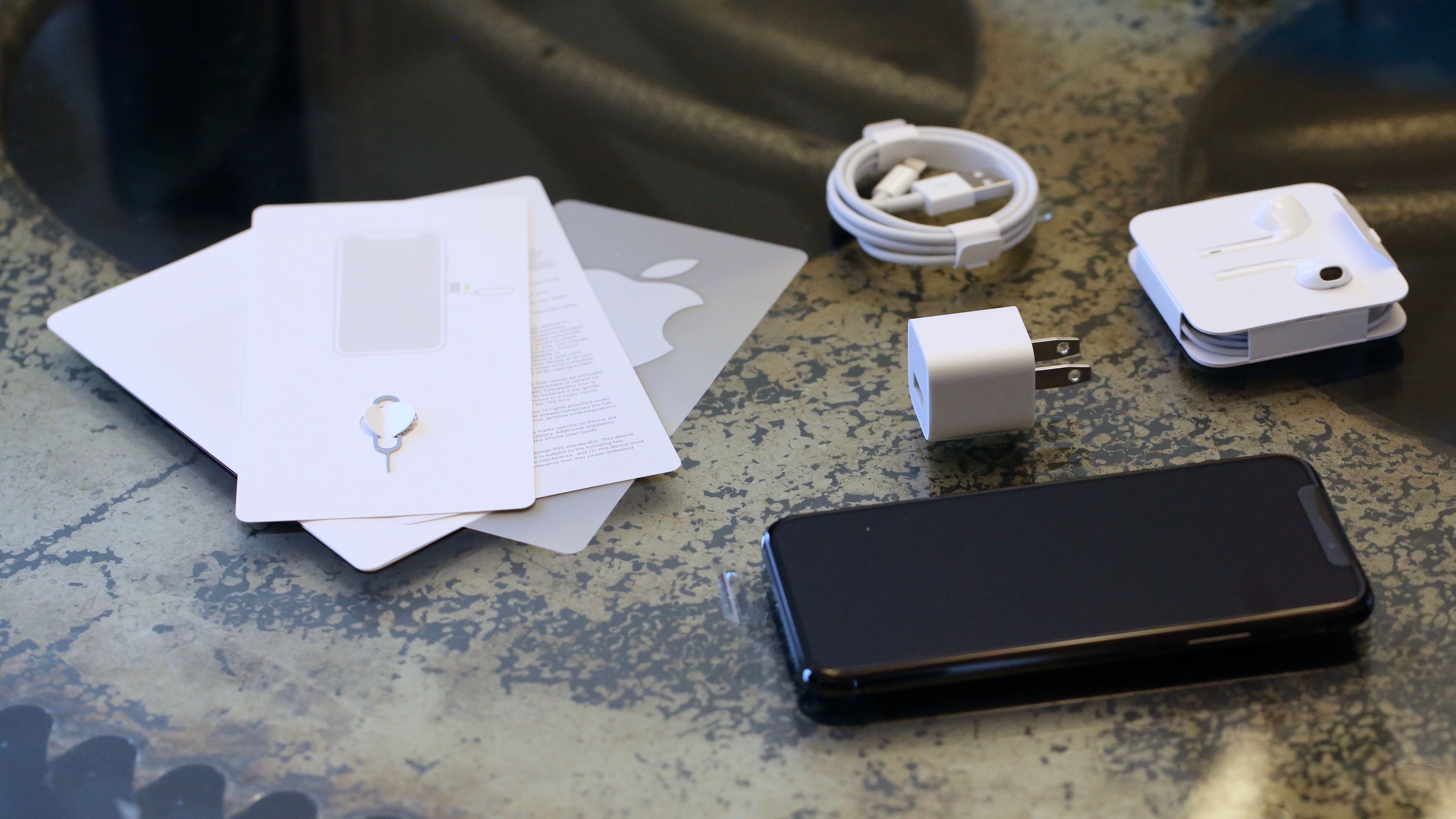
Another arguable omission is support for next-generation 5G wireless networks — a decision Apple no doubt made for technical and business reasons beyond the scope of this review. Close to zero people care about this now, but Verizon and AT&T are lighting up their first 5G towers this year, and other carriers will be doing so across multiple countries next year. By April 2019, there will be many 5G smartphone options, as well as 5G service in some parts of the U.S. and other countries. Investing in an iPhone XS or XS Max right now locks you into 4G speeds until whenever you’re ready to drop another $1000.
On the services side, it would be great to see Apple offer a superior iCloud backup bundle for all of its devices, especially these ultra-expensive ones. The company ignores this request every year and might argue that anyone willing to pay $999 for a phone can cough up more for iCloud, but come on — fix it already, Apple.
10. Price and conclusions
Prior to the day Apple officially announced the iPhone XS and iPhone XS Max, Apple was rumored to be dropping the XS price so that the Max model would start at $999 — a move that would have made sense to consumers. But that didn’t happen, and as a result both new models are tipping the scales this year. The XS can be had in 64GB ($999), 256GB ($1149), and 512GB ($1349) capacities, with the XS Max available at $1099, $1249, and $1449 price points.
I’m not an Apple apologist, so I’m not going to tell you that I think these prices are either reasonable or justifiable. They’re not — they strike me as a test of what the market will bear, divorced from the actual cost of the components they include. Unlike last year, when the iPhone X was “next year’s smartphone today” at a premium price, both versions of the iPhone XS feel like contemporary phones at unjustifiable premiums.
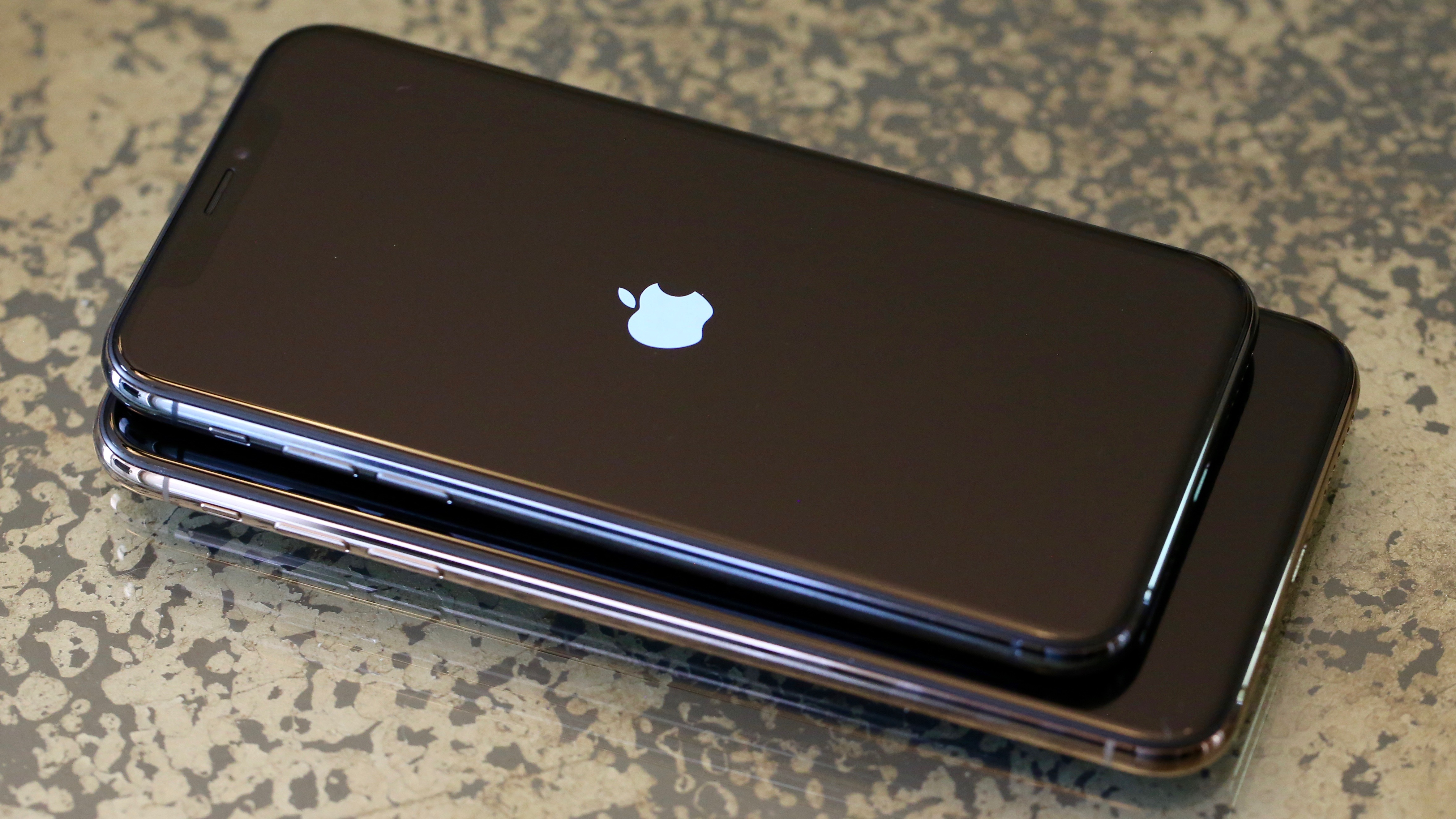
The challenging reality of the iPhone XS and iPhone XS Max is that both are very good phones that are nowhere near as exciting as they could or should have been for their price tags. For $999, the iPhone XS is a little faster than last year’s model, maybe runs a little longer, and takes somewhat better pictures. There’s no reason for any iPhone 8 or X user to upgrade, and given the price (to say nothing of iPhone XR), it should be easy for others to hold off, too. If you add $100 more, you get a screen that’s 0.7 inches bigger with a slightly bigger battery, but no other benefits — not even the advantage of properly optimized software.
In a word, this year’s XS models aren’t “excessive” — they’re somewhat underwhelming, and to call them future-proof in light of what’s happening in the cellular space right now would be disingenuous. If you’re really in need of an upgrade this year, my advice is to wait for the iPhone XR, which — at a $749 starting point — will include most of the same functionality and deliver better value for the dollar. Otherwise, consider sitting out this year’s cellular upgrade cycle altogether, as the smartphone world will be changing dramatically in 2019, and a little patience will soon pay dividends.
